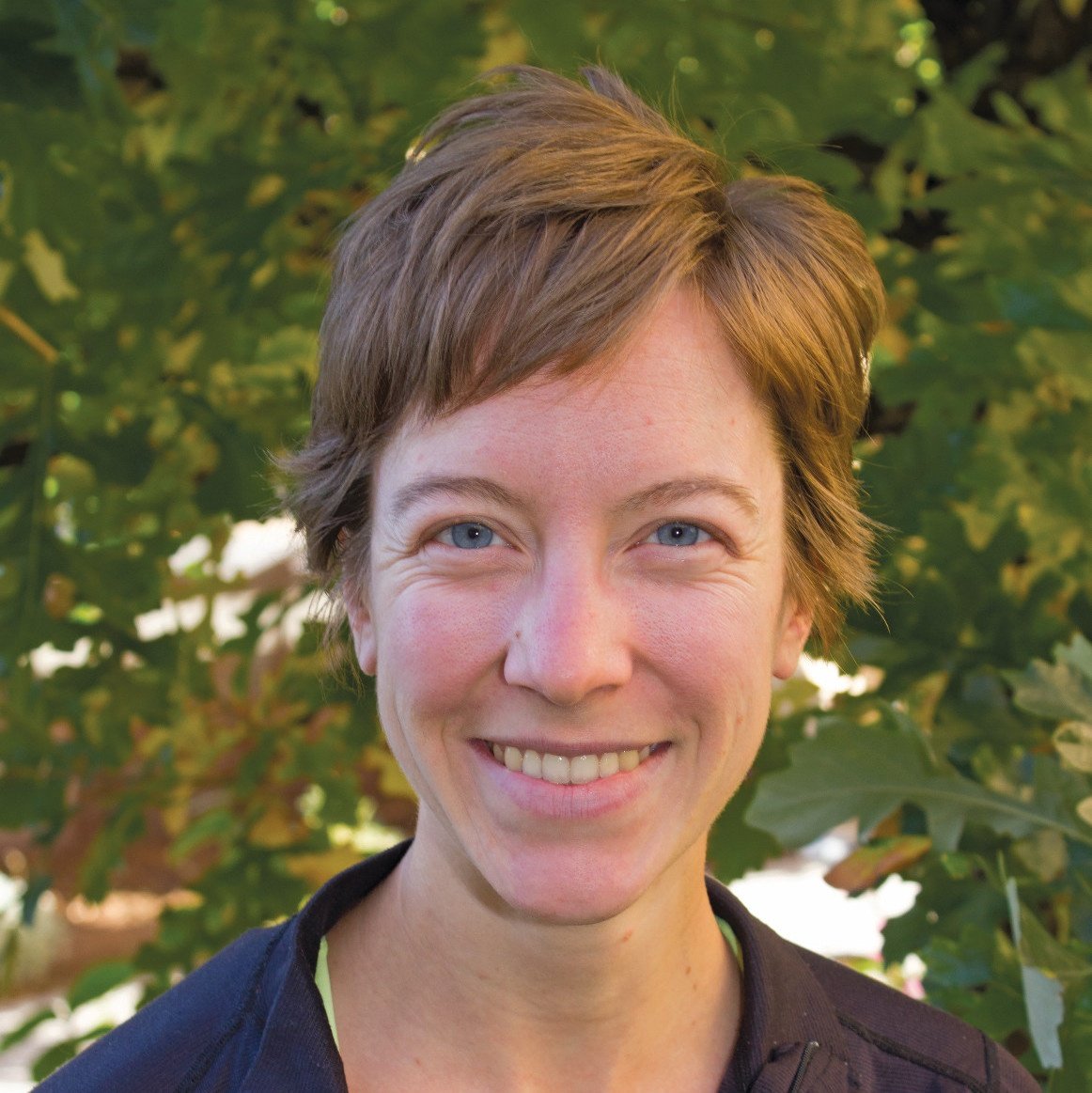Leave No Trace is part of the camping mindset—when you’re out in the woods, your environmental impact is easy to see. But how do we bring that ethic back home with us?
Last summer, NOLS instructor Ann Reynolds told me about “one of the best and most impactful lessons” she’s ever been a part of. She was a student on the instructor course (a monthlong training for expedition instructors), and was learning about Leave No Trace from Instructor Joe Frost.
Together, Joe and Ann explain the lesson and, more importantly, how it connects your behavior in the outdoors with everyday life.
Part 1: The Hook

Joe: I lined up the students from youngest to oldest, then broke them into three groups: youngest, middle, and oldest.
One at a time, starting with the oldest, I brought the groups to a spot out of sight from camp and showed them a bandana on the ground. I said, “You get 3 seconds to decide what to do with what you’ll see.”
Ann: Joe whipped open the bandana and revealed a pile of M&Ms (this was nearly three weeks into the expedition, so candy was a big deal). When Joe revealed the M&Ms, there was an instant dilemma. We all wanted the candy, but was it ok for us to take it? We were suspicious, too, wondering what the “catch” was. My coursemate Flaco started to grab them, but it was too late—my group didn’t get any M&Ms.
Joe: I asked them not to tell anyone back in the big group what they found, and repeated this with the other two groups.
Part 2: We Talk about Our Leave No Trace Misdeeds

Joe: I asked students to write their LNT transgressions on slips of paper (anonymously). These can be absurd or serious, like “I buried my toilet paper in the woods” or “I tried to cuddle a chipmunk.” Then, we read the transgressions out loud and ranked them on a continuum.
After that, I shared a list of transgressions that I prepped ahead of time. These usually include things like:
- I buy bottled water every day instead of drinking tap water.
- I take 4 round-trip flights a year for vacation.
- I have an outdoor pool and I live in the desert
- I throw my fast food trash out the car window.
- I would vote for a political representative that would pass a housing development that would ruin a wildlife sanctuary if I knew I could get rich.
- I drive 5 minutes to work every day instead of biking.
- I eat meat regardless of how the animal was treated.
We added them to the same rating scale as the first group of LNT misdeeds, and then discussed from there.
Ann: Ranking the transgressions hit different people in different ways. Sometimes, we were judgmental, thinking “we’d never do that,” and sometimes it hit close to home.
For example, I’m a vegetarian, so I felt better when I read the transgression “I eat meat regardless of how the animal was treated.” But, the next one we ranked was “I buy cheaper things from Walmart even though they were made in a sweatshop,” and that’s certainly something I’ve done. So, seeing the connection to things I do every day made the lesson hit home.
The other part that impacted me was ranking LNT misdeeds we associate with our daily life on the same continuum as the ones we associate with the outdoors. It was the first time I’d ever compared decisions I make in different environments, and it was eye-opening.
Joe: Facilitating this activity takes grace. It can stir people and make them feel attacked. I assure them that I, too, am guilty of these misdeeds. The takeaway is that LNT doesn't end in the woods, but the act and thought is something we should strive for in the more chaotic world at home.
The M&Ms, by the way, are a metaphor for depleting resources over generations. When I showed everyone the bandana at the end of the class, only a few M&Ms were left.
Part 3: What We Learned

Ann: It’s easy to see a pristine place and be inspired to keep it that way. When you come home, which is likely some sort of developed area, you don’t often think about how it used to be pristine like that.
As an instructor, I’ve been thinking about how the things we typically teach are applicable in only one environment. What’s to stop students from forgetting when they get home? All we teach about LNT or care for the environment seems superficial if it only applies to 30 days or less in someone’s life.
It matters to teach things that apply to the greatest part of students’ lives and that affect the greatest part of other people’s lives. We live most of our time in developed areas that we share with other people, creatures, and plants, not in the outdoors. Those are the places where we can make the biggest difference.
That’s why this class stayed with me—it’s the most powerful way I’ve seen to inspire and teach in a place that it really counts.
Written By
Molly Herber
Molly is a NOLS instructor and writer. She loves the smell of her backpack and does her best writing before 7:00 am. When she's not scouting the next post for the NOLS Blog, she's running and climbing on rocks in Wyoming. Follow her on Instagram @mgherber



